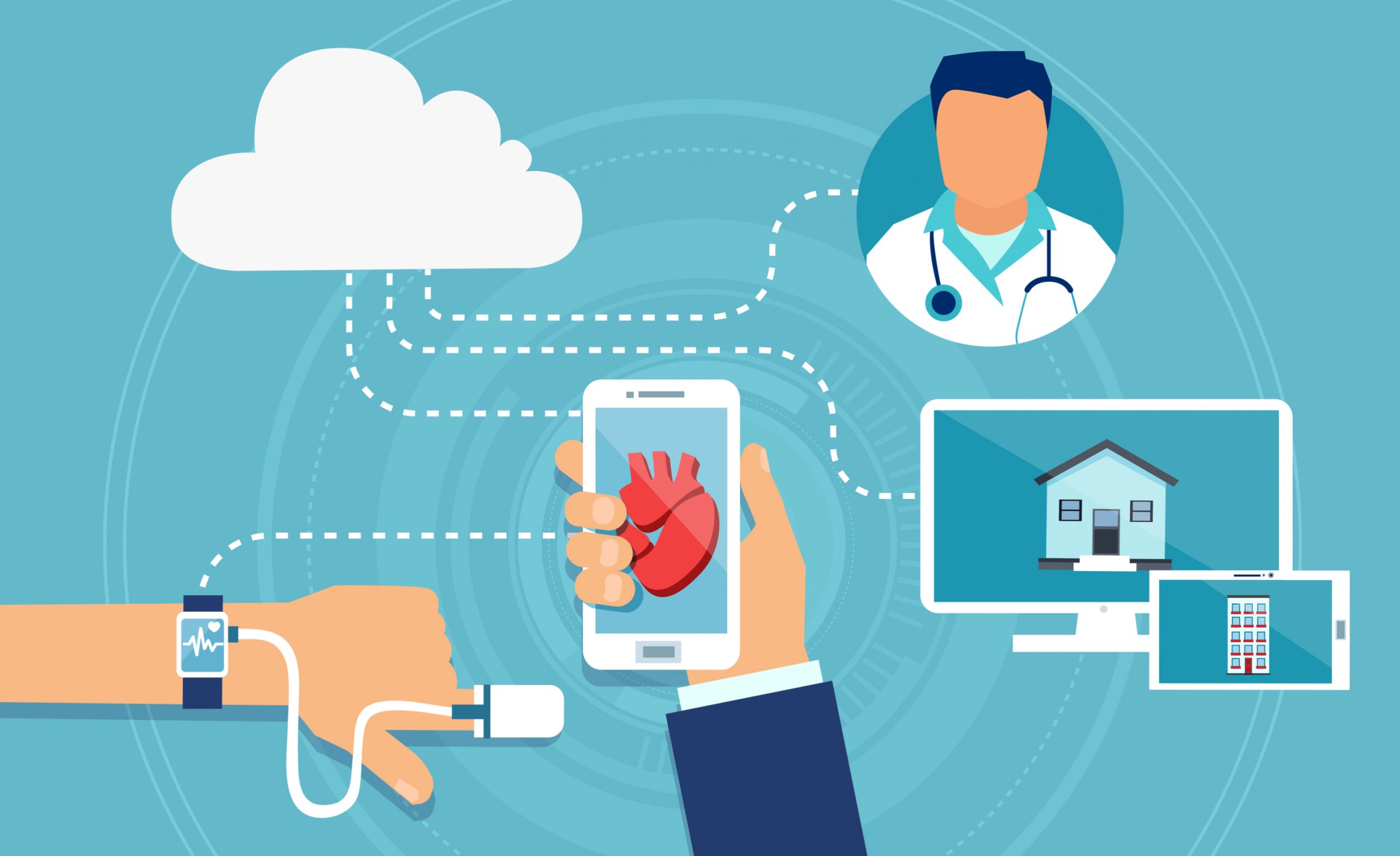
Health Tech Transformation: Analyzing Wearable Devices and Their Influence on Wellness
In the rapidly evolving landscape of health technology, wearable devices have emerged as a prominent player, revolutionizing the way individuals engage with their health and wellness. These compact gadgets, ranging from smartwatches and fitness trackers to advanced health monitors, have transcended their initial purpose of merely tracking steps and calories. Today, wearable devices are capable of monitoring vital signs, sleep patterns, stress levels, and more. This article delves into the profound impact of wearable devices on personal wellness, exploring how these innovative technologies are reshaping healthcare and empowering individuals to take charge of their health.
The Evolution of Wearable Technology
Wearable devices have witnessed a remarkable evolution since their inception. Early versions were primarily focused on fitness tracking, allowing users to count steps, estimate calorie burn, and monitor heart rate during workouts. Over time, advancements in sensor technology, data processing, and connectivity have propelled wearable devices into more sophisticated realms.
Modern wearables integrate a myriad of sensors, including heart rate monitors, accelerometers, gyroscope, GPS, and even ECG monitors. This enables them to capture a comprehensive range of health metrics, from the number of steps taken in a day to the quality of sleep achieved at night. Furthermore, the integration of wireless connectivity enables wearables to sync data with smartphones and other devices, providing users with real-time insights into their health.
Impact on Personal Wellness
Health Monitoring: Wearable devices are revolutionizing how people monitor their health. They provide continuous tracking of vital signs, enabling users to gain insights into their heart rate, blood pressure, and even electrocardiogram readings. This data can be immensely valuable for individuals with existing medical conditions, as well as for those looking to prevent health issues through early detection.
Physical Activity: Wearables have transformed fitness tracking by offering more accurate and detailed information about physical activity. Users can track not only the number of steps taken but also monitor their exercise intensity, distance covered, and even estimate calorie expenditure. This data empowers individuals to set and achieve fitness goals more effectively.
Sleep Insights: Sleep is a crucial component of overall wellness, and wearable devices are providing new avenues to monitor and improve sleep quality. By analyzing sleep patterns, users can gain insights into their sleep duration, the number of times they wake up during the night, and the overall quality of their sleep. Armed with this information, individuals can adopt healthier sleep habits.
Stress Management: Some advanced wearable devices are equipped with sensors that measure stress levels through heart rate variability analysis. This feature can help users identify moments of stress and learn effective relaxation techniques to manage their stress levels, ultimately contributing to better emotional well-being.
Nutrition and Diet: Wearable devices are also delving into nutrition tracking. While this is still an emerging area, some wearables are incorporating features that help users track their dietary intake. This data can be valuable for individuals aiming to manage their weight or adhere to specific dietary plans.
Medical Adherence: Wearables are aiding individuals in adhering to medical prescriptions and routines. They can send reminders for taking medications, monitor glucose levels for diabetics, and even detect irregularities in heart rhythms, alerting users to seek medical attention promptly.
Behavioural Changes: The real-time feedback provided by wearable devices can foster behavioural changes. When users see their progress and receive immediate rewards for healthy behaviours, it encourages them to make more informed lifestyle choices.
Challenges and Considerations
While wearable devices offer immense potential for transforming personal wellness, several challenges and considerations warrant attention:
Data Accuracy: The accuracy of data captured by wearable devices remains a concern. Factors like device placement, sensor calibration, and user compliance can affect data reliability.
Privacy and Security: Wearables collect sensitive health data, raising concerns about privacy and security. Manufacturers must prioritize robust data encryption and user consent mechanisms.
Interpretation of Data: Presenting health data in a meaningful and understandable way is crucial. Users should be able to comprehend the implications of their health metrics without relying on medical expertise.
User Engagement: Sustained user engagement is essential for long-term health improvements. Wearables should be designed to provide continuous motivation and rewards for healthy behaviors.
Integration with Healthcare: The integration of wearable data with healthcare systems is still evolving. Healthcare providers must adapt to incorporate wearable-generated insights into patient care effectively.
Conclusion
Wearable devices have ushered in a new era of personalized health and wellness management. From monitoring vital signs to promoting physical activity and stress management, these devices are empowering individuals to actively participate in their health journey. The ongoing advancements in technology promise even more accurate, comprehensive, and user-friendly wearable devices in the future. As the lines between technology and healthcare continue to blur, wearable devices are undeniably shaping the future of wellness, putting the power of health management right at our fingertips.




